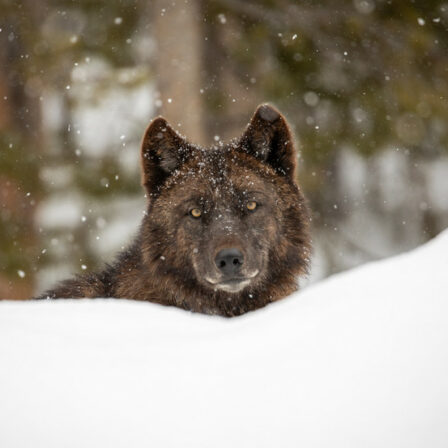 John and Christine Deck recognized their shared dream of ranching when they met in the animal science “Beef Barn” at University of California Davis. After finishing their undergraduate degrees at Davis, they went on to complete graduate degrees at Berkeley. Then eight years ago they realized their dream when they bought 320 acres outside of Junction City, Oregon.
John and Christine Deck recognized their shared dream of ranching when they met in the animal science “Beef Barn” at University of California Davis. After finishing their undergraduate degrees at Davis, they went on to complete graduate degrees at Berkeley. Then eight years ago they realized their dream when they bought 320 acres outside of Junction City, Oregon.
Now John and Christine, along with their five children, raise cows, pigs, chickens, goats and sheep. The Decks are very thoughtful in how they ranch, aiming to create wildlife habitat and improve the land’s productivity while minimizing inputs.
As John explains, “I don’t pretend to think that I – or even the bank which gave me a loan – own the land, but rather that we are stewarding this land for future generations.”
The Decks’ ranch runs along Owens Creek. The waters of Owens Creek flow into rivers home to Upper Willamette River steelhead and Chinook salmon. Both are listed as threatened under the Endangered Species Act. The Decks made the choice to go beyond current government required protections and help ensure their farm does not harm these already-compromised fish.
When they moved onto the farm, the Decks made a number of land management changes to be more sustainable. For example, their pasture was dependent on chemical inputs to maintain its vigor. With support from the Natural Resources Conservation Service, which is an arm of the U.S. Department of Agriculture, the Decks eliminated the inputs and built up organic matter by recapturing manure.
The Decks’ actions were simple; they fenced off the adjoining creek from livestock and restored the riparian habitat by planting native trees. Since then they have seen a noticeable improvement in the water clarity. They also doubled the phosphorus levels in their soil on ground where the practice grazing with chickens, creating naturally vigorous pastures.
The Decks understand the need to balance environmental protections with support for farmers. As John states, “Sustainable forestry and agriculture are the goals. Incentives for improving soil, sequestering carbon, and building sustainable systems will help reach that goal. Still, when harvesting degrades the land appreciably we need to rely on environmental protections.”


